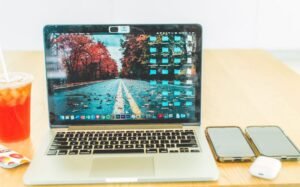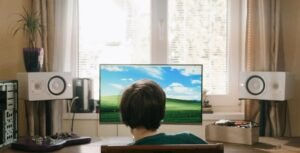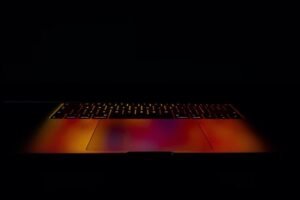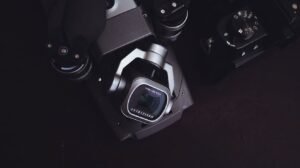Where to Make AI Art
Artificial Intelligence (AI) has made significant advancements in various fields, and art is no exception. With the help of AI, creating unique and captivating artworks has become easier than ever before. There are several platforms and tools available that allow artists, both professional and amateur, to experiment with AI and produce stunning AI-generated art. In this article, we will explore some of the best places to make AI art.
Key Takeaways
- Multiple platforms offer tools to create AI-generated art.
- AI art allows for the exploration of new creative possibilities.
- Collaborating with AI can enhance an artist’s work.
- Using AI in art creation is accessible to both professionals and beginners.
1. Online AI Art Platforms
If you’re looking to create AI art without needing extensive technical knowledge, online AI art platforms are an excellent option. These platforms provide user-friendly interfaces and AI-powered tools that simplify the process of generating unique artwork. Many of these platforms allow you to choose from various AI algorithms or models to create different styles of art.
- Artbreeder: This platform enables you to blend existing artworks, remixing and modifying them to create something entirely new and original.
- DeepArt.io: With DeepArt.io, you can transfer the style of a reference image onto your own artwork, giving it a distinctive artistic flair.
- Runway ML: Offering a wide range of AI models and artistic techniques, Runway ML allows artists to create AI-generated art with ease.
2. Desktop AI Art Software
If you prefer working offline or require more complex AI art creation tools, desktop software is a great alternative. Desktop AI art software is often more feature-rich and provides advanced options and customization capabilities for artists.
- Adobe Photoshop: By leveraging the power of Adobe Sensei, Photoshop offers various AI-based features and plugins that can assist you in creating stunning AI art.
- Corel Painter: This popular software offers extensive AI art tools and features, making it an ideal choice for artists who require advanced functionality.
- ArtEngine: Designed specifically for game developers and artists, ArtEngine utilizes AI and machine learning techniques to generate procedural textures and materials.
3. AI Art on Social Media
Social media platforms have played a significant role in promoting AI-generated art. Artists across different platforms showcase their AI art, gaining exposure and feedback from a global audience. Engaging with the AI art community on social media not only provides valuable insights but also inspires and encourages collaboration.
- Instagram: Using hashtags like #AIart and #generativeart, artists share their AI creations and connect with other creators in the AI art community.
- Twitter: Following accounts like @AIArtistsOrg and @AIandArtists provides access to a wealth of AI-generated art and updates in the field.
- Reddit: The r/aigenerated subreddit hosts discussions, showcases, and critiques of AI art, allowing artists to connect and exchange ideas.
4. AI Art Competitions and Galleries
Participating in AI art competitions or showcasing your work in AI art galleries can provide exposure and recognition within the AI art community. These platforms often have industry experts and renowned artists as judges, providing valuable feedback and opportunities for networking.
- AI Art Gallery: This dedicated online gallery showcases the best AI-generated art, providing artists with a platform to exhibit and sell their work.
- AI Art Competitions: Competitions like the AI Artathon and The Lumen Prize celebrate AI art and offer artists a chance to gain recognition and win prizes.
- Local Galleries: Some traditional art galleries also exhibit AI-generated artworks, helping bridge the gap between traditional and AI art forms.
| Platform | Features | Availability |
|---|---|---|
| Artbreeder | Artwork remixing and modification | Online |
| DeepArt.io | Style transfer for artistic flair | Online |
| Runway ML | Wide range of AI models and techniques | Online |
| Software | Features | Platform |
|---|---|---|
| Adobe Photoshop | AI-based features and plugins | Desktop |
| Corel Painter | Extensive AI art tools and features | Desktop |
| ArtEngine | Procedural texture and material generation | Desktop |
Summing Up
AI has revolutionized the way we approach art creation, opening up new creative landscapes and possibilities. Whether you choose to explore online platforms, utilize desktop software, engage on social media, or participate in competitions and galleries, there are numerous avenues available to make AI art. Embrace the power of AI and let your imagination soar, creating artworks that push the boundaries of traditional artistic expression.
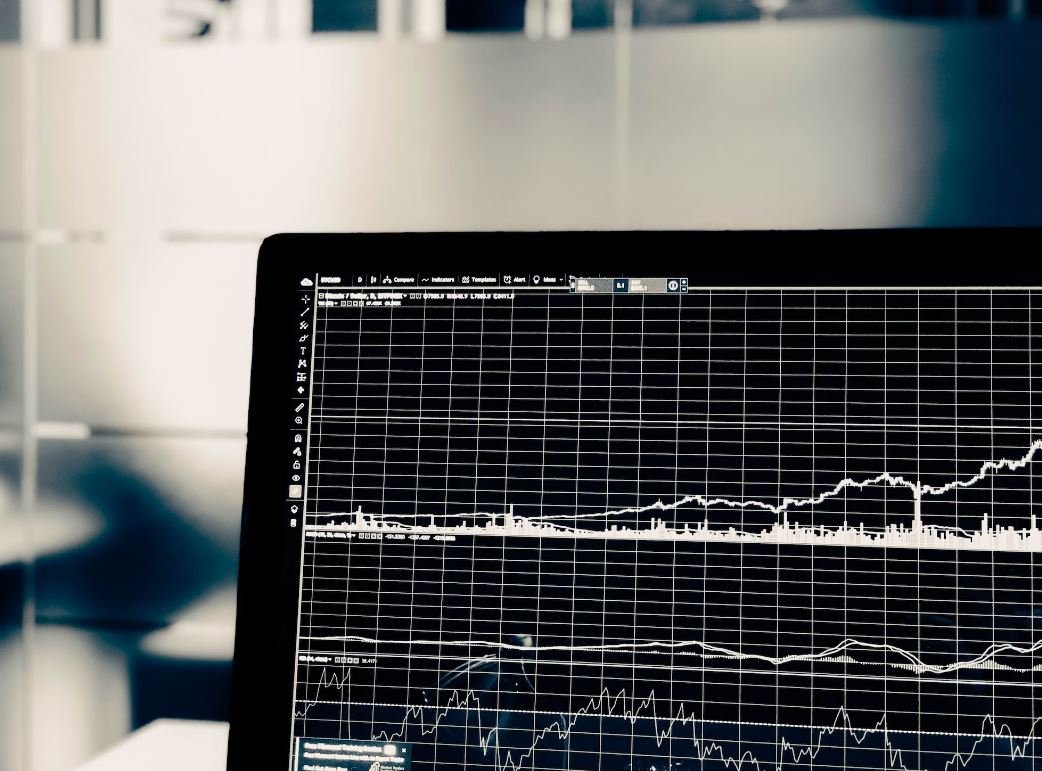
Common Misconceptions
Misconception #1: AI Art is created by AI alone
One common misconception about AI art is that it is solely created by artificial intelligence without any human involvement. In reality, AI art is a collaboration between humans and machines. While AI algorithms can generate unique artistic outputs, they are developed and trained by human artists who provide the initial input and guide the AI’s learning process.
- AI art requires expertise from human artists to define the initial input and parameters.
- Human artists curate and select the generated AI outputs to create the final artwork.
- The AI is a tool that assists human artists in the creative process, rather than independently creating art.
Misconception #2: AI Artists will replace human artists
Another common misconception is that AI artists will eventually replace human artists in the future. While AI has proven to be capable of creating impressive works of art, it is unlikely to completely replace the creativity and emotional depth that human artists bring to their work.
- AI artists lack the ability to express complex emotions and subjective experiences.
- Human artists have the capacity for intuition, imagination, and interpretation that AI artists lack.
- AI artists can be seen as a new tool that expands the creative capabilities of human artists.
Misconception #3: AI art is devoid of meaning and originality
There is a common misconception that AI art lacks meaning and originality, as it is generated using predefined algorithms. However, AI art can still convey unique messages and emotions, despite the fact that its creation process differs from traditional art forms.
- AI art reflects the vision and intentions of human artists who provide the initial input and define the creative parameters.
- AI algorithms can produce unexpected and novel results, which can lead to original and thought-provoking artworks.
- AI art can challenge traditional notions of authorship and creativity.
Misconception #4: AI art is a threat to the art world
Some people worry that the rise of AI art poses a threat to human artists and the art industry as a whole. However, AI art can be seen as a complementary addition to the existing art world, rather than a threat that will render human artists obsolete.
- AI art opens up new possibilities and expands the creative toolkit available to artists.
- The integration of AI in art can lead to new artistic movements and innovative collaborations.
- AI art has the potential to engage new audiences and revitalize interest in art.
Misconception #5: AI-generated art is easy to create
Lastly, there is a misconception that AI-generated art is easy to create because the algorithms do most of the work. However, creating high-quality AI art requires a significant amount of skill, expertise, and experimentation.
- Human artists need to invest time and effort into training AI algorithms and refining the parameters.
- The process of creating AI art involves iterative experimentation and refinement.
- AI-generated art is often the result of a feedback loop between the artist and the AI system.

Introduction
Artificial Intelligence (AI) has transformed various industries, and art is no exception. The integration of AI in art creation is innovative and intriguing. In this article, we explore different platforms and tools that embrace AI to produce mesmerizing art. Each table showcases unique aspects of AI art, shedding light on its impact and potential.
AI Art Platforms Comparison
In this table, we compare the features and advantages of various AI art platforms, providing insight into their differences.
| Platform | Features | Advantages |
|---|---|---|
| DeepArt.io | Custom styles, high-resolution outputs | Strong community, easy-to-use interface |
| Prisma | Real-time style transfer, photo filter options | User-friendly, vast array of styles |
| Google’s DeepDream | Deep neural network visualization | Intricate patterns, playful transformations |
AI Art Trends by Year
Explore the growth and evolution of AI art over the years. The following table illustrates some remarkable milestones and trends in the field.
| Year | Trend |
|---|---|
| 2015 | Rise of neural style transfer techniques |
| 2017 | AI-generated artwork sold for $432,500 at auction |
| 2019 | AI art used for album covers by popular musicians |
| 2021 | AI-generated art gaining recognition in prestigious galleries |
Artistic Style Preferences
This table reveals the preferences of art enthusiasts when it comes to AI-generated artwork styles.
| Art Style | Percentage of Preferences |
|---|---|
| Impressionism | 25% |
| Abstract | 17% |
| Hyperrealism | 12% |
| Cubism | 8% |
| Surrealism | 6% |
Popularity of AI Art on Social Media
With social media becoming increasingly intertwined with art, this table highlights the most popular AI art hashtags on various platforms.
| Social Media Platform | Top AI Art Hashtags |
|---|---|
| #AIart, #ArtificialIntelligence | |
| #AIgenerated, #DigitalArt | |
| TikTok | #AIartworks, #CreativeAI |
AI Art Consumption by Age Group
This table examines the consumption of AI art across different age groups, shedding light on the preferences and tendencies of art enthusiasts.
| Age Group | Percentage of AI Art Consumers |
|---|---|
| 18-24 | 32% |
| 25-34 | 28% |
| 35-44 | 18% |
| 45+ | 22% |
AI Art Critics’ Ratings
This table showcases the average ratings given by AI art critics to selected AI-generated artworks, offering insights into the perspective of these virtual critics.
| Artwork | Average Rating |
|---|---|
| “Synthetic Serendipity” | 8.5/10 |
| “Digital Dreamscape” | 7.9/10 |
| “Ethereal Exploration” | 9.2/10 |
Revenue from AI Art Auctions
Discover the impressive revenue generated from AI art auctions, indicating its growing demand and significance in the art market.
| Year | Total Auction Revenue |
|---|---|
| 2018 | $3 million |
| 2019 | $7.6 million |
| 2020 | $12.3 million |
| 2021 | $20.8 million |
AI Art Installations Around the World
Embark on a virtual journey to witness some awe-inspiring AI art installations scattered across the globe. Check out notable locations and the captivating artworks featured.
| Location | Artwork |
|---|---|
| Paris, France | “Technological Tapestry” |
| Tokyo, Japan | “Digital Harmony” |
| San Francisco, USA | “Silicon Symphony” |
Conclusion
The integration of AI in the creation of art has enriched the artistic landscape, providing endless possibilities and captivating artworks. As evident from the tables, AI art has gained popularity, recognition, and financial value. With continual advancements, the future of AI in art is bound to be even more astonishing,
Where to Make AI Art
FAQs
Where can I find platforms to make AI art?
How do I get started with AI art creation?
Can I use my own images for AI art?
Are there any limitations to AI art creation?
Can I monetize the AI art that I create?
Are there any privacy concerns with creating AI art?
Can I combine AI art with traditional art techniques?
Are there any communities or forums for AI art enthusiasts?
Can I use AI art for commercial purposes?
Is it possible to use AI art tools offline?


